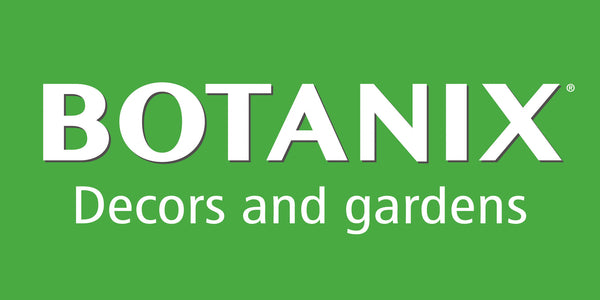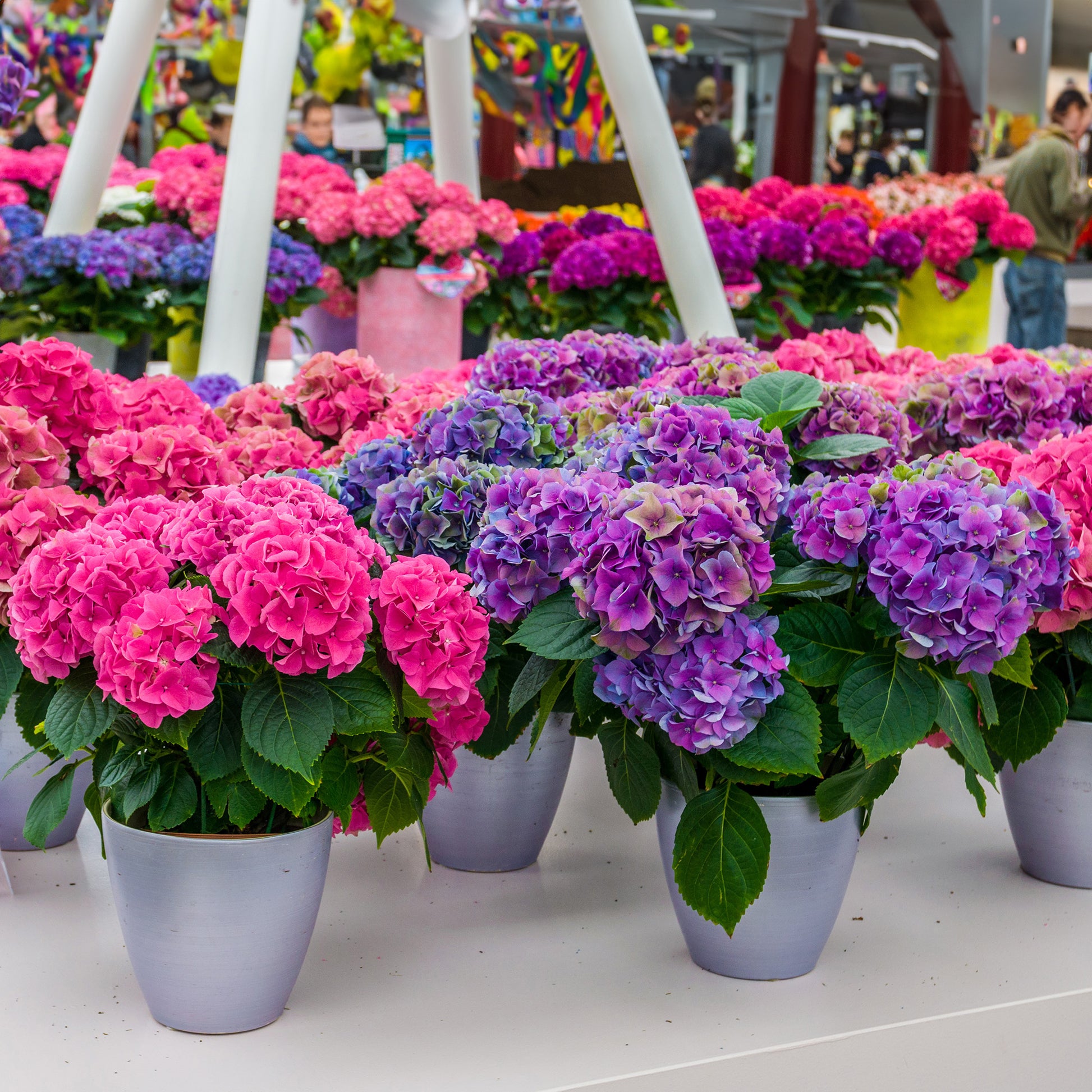Hydrangea macrophylla
Easter Hydrangea (Bigleaf Hydrangea)
Easter Hydrangea (Bigleaf Hydrangea)
Exposure
- Sun
- Part-sun
- Part-shade
Rusticity
- Vibrant spring blooms
- Large, ball-shaped flowers
- Various colours (pink, blue, white)
- Easy to care for (indoors)
- Ideal Easter gift
The Easter Hydrangea, also known as the Bigleaf Hydrangea (Hydrangea macrophylla), is a delightful flowering shrub that brings a burst of colour to springtime. Typically available as a potted plant, it brightens up indoor spaces with its vibrant and cheerful blooms in shades of blue, pink, or white. These shrubs are characterized by their large, ball-shaped flower clusters (inflorescences).
Key Features
- Foliage: Large, oval, toothed leaves, medium to dark green.
- Habit: Compact and bushy shrub.
- Growth: Moderate.
- Care: Moderate, requires particular attention to watering and light.
- Flowering: Abundant in spring, with large ball-shaped flower clusters composed of many small flowers. Flower colour can vary depending on soil pH (blue in acidic soil, pink in alkaline soil). White varieties generally remain white.
Care Tips
- Light: Bright, indirect light indoors. Avoid direct sunlight, which can scorch the leaves and flowers. If placed outdoors after the risk of frost, choose a partially shaded location, especially during the hottest part of the day.
- Watering: Keep the soil consistently moist, but not waterlogged. Water regularly, especially during flowering. Use non-calcareous water if possible. Reduce watering after flowering.
- Soil: Well-draining potting mix rich in organic matter. To influence flower colour (for pink and blue varieties), specific hydrangea soil amendments can be used.
- Humidity: Prefers moderate ambient humidity.
- Temperature: Normal indoor room temperature, ideally between 15°C and 21°C (59°F and 70°F) during flowering to prolong bloom time. Avoid extreme temperatures and cold drafts.
- Fertilization: Fertilize with a balanced flowering plant fertilizer every two to four weeks during the blooming period. Stop fertilizing after flowering.
Plant details
Dimensions
Dimensions
Characteristics
Characteristics
Habit:
- Bushy
Flowering colours:
Plant needs
Plant needs
Watering:
- Water regularly to keep the soil moist but not soggy.
Maintenance:
- Easy
Soil requirement:
- Rich soil
- Fresh
- Well drained
Features
Features
Resistance:
Attract:
- Pollinators
- Butterflies
Use:
- Pots
Attribute:
- Cut flowers
Related articles
-
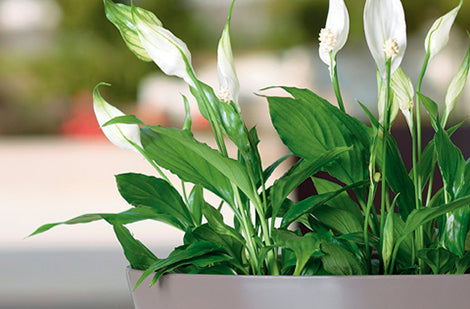
Potting House Plants: which pot to choose
Read the articleBien qu'une plante puisse passer plusieurs mois et parfois même plusieurs années dans le même pot, avec le temps ses racines envahissent tout l'espace disponible. Il devient important de choisir...
-
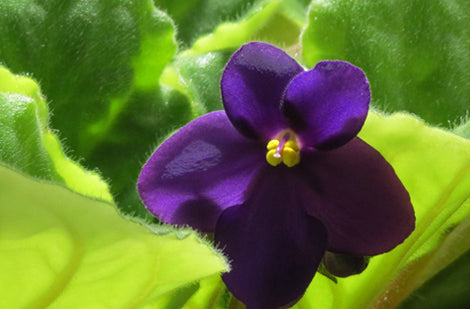
African violets
Read the articleMembre de la famille des gesnériacées, la violette africaine offre une floraison abondante et continue à qui sait respecter ses besoins culturaux. Ses fleurs, aux formes diverses et aux couleurs...
-

The Complete Guide to Buying and Caring for Ind...
Read the articleBringing a touch of nature to your home with plants is a great idea! Not only do they beautify your living space, but they also help purify the air. However,...
-
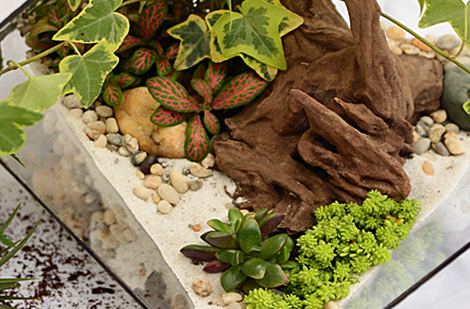
Make your own terrarium
Read the articleVous avez envie d’ajouter un peu de verdure à votre intérieur, mais n’avez jamais eu le pouce vert? Facile à réaliser, peu coûteux et nécessitant un entretien minime, le terrarium...
-

Create a garden with succulents
Read the articleLes plantes grasses n’ont pas leur pareil pour créer des arrangements à la fois impressionnants par leurs couleurs, leurs formes et leurs textures et faciles à entretenir. Qu’on les agence...
-

Houseplants to discover - Butterfly Palm or Are...
Read the articleDypsis lutescens, anciennement Chrysalidocarpus lutescens
-

-

-
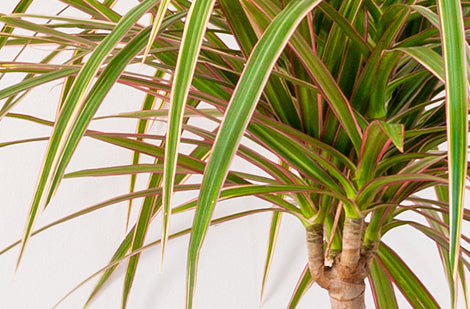
Houseplants to discover - Madagascar Dragon Tree
Read the articleDracéna de Madagascar ou Dracaena marginata
-
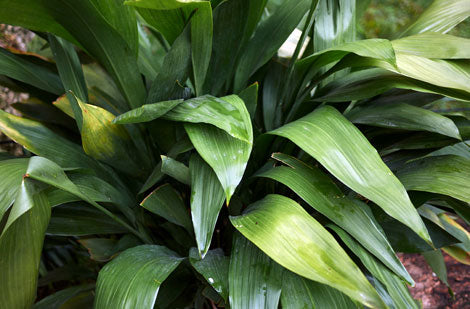
-
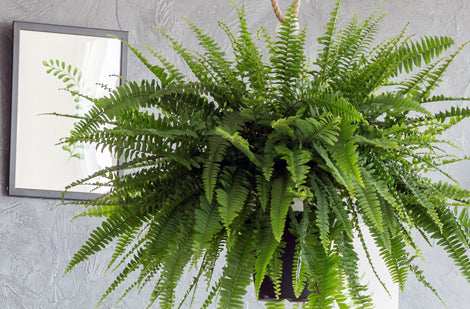
Houseplants to discover - Ferns
Read the articleDivers noms botaniques, dont Nephrolepis exalata (fougère de Boston), Davallia fejeensis (fougère patte de lapin), Asplenium nidus (fougère nid d’oiseau), Platycerium bifurcatum (fougère corne d’élan) et beaucoup d’autres.
-
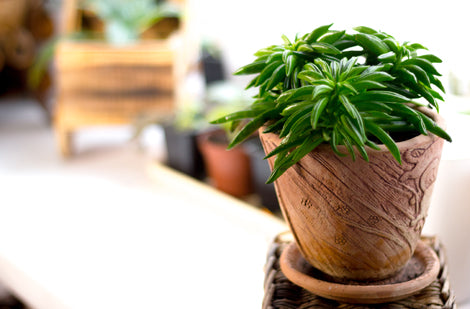
-
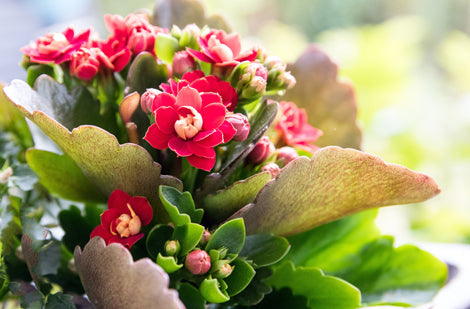
-

Snake Plant: The Unkillable Houseplant, Perfect...
Read the articleThe Snake Plant is an ideal houseplant for everyone, whether you're a beginner or an experienced gardener. Its resilience, ease of maintenance, and decorative appearance make it an essential choice...
-

Edible Flowers: Top 5 for Garden and Kitchen
Read the articleOffrant une belle gamme de couleurs, de formes et de textures, les fleurs comestibles enthousiasment les amoureux de jardinage et de cuisine.
-

Tropical Flowering Plants: A touch of the exoti...
Read the articleLes plantes tropicales à fleurs ont tout pour faire tourner les têtes! Colorées, odorantes, généreuses, elles n’ont pas leur pareil pour égayer une aide de repos, un balcon, une terrasse....
-
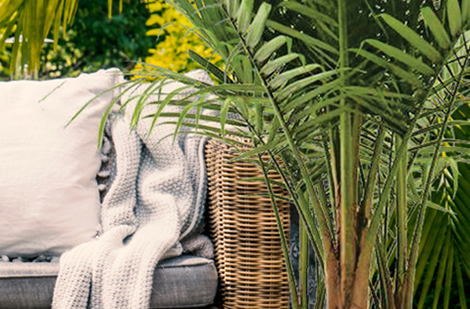
Keep a palm tree on the terrace - why not!
Read the articleDifficile de résister à l’appel des tropiques quand le soleil et les températures clémentes se pointent le bout du nez. Rien de mieux qu’un palmier sur la terrasse ou le...
-

Bringing Outdoor Plants Indoors for the Fall
Read the articleThe arrival of autumn, with its cool nights, announces the time to bring some plants inside to protect them from frost. However, don't rush. Let's enjoy the last beautiful sunny...
-

When and how to repot house plants
Read the articleAlthough a plant can spend several months and sometimes even several years in the same pot, over time its roots invade all the available space.
-
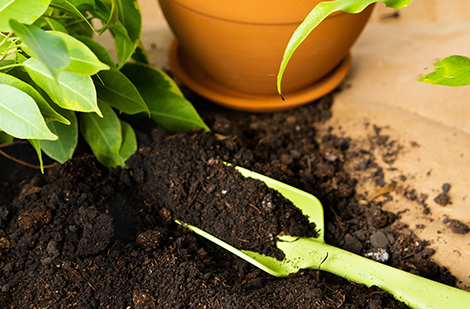
How to select the best houseplant potting soil
Read the articleIl est important d'adapter le substrat utilisé au type de plante. Plusieurs mélanges sont possibles à partir de terre brune, de mousse de tourbe, de perlite ou de vermiculite. Pour...
